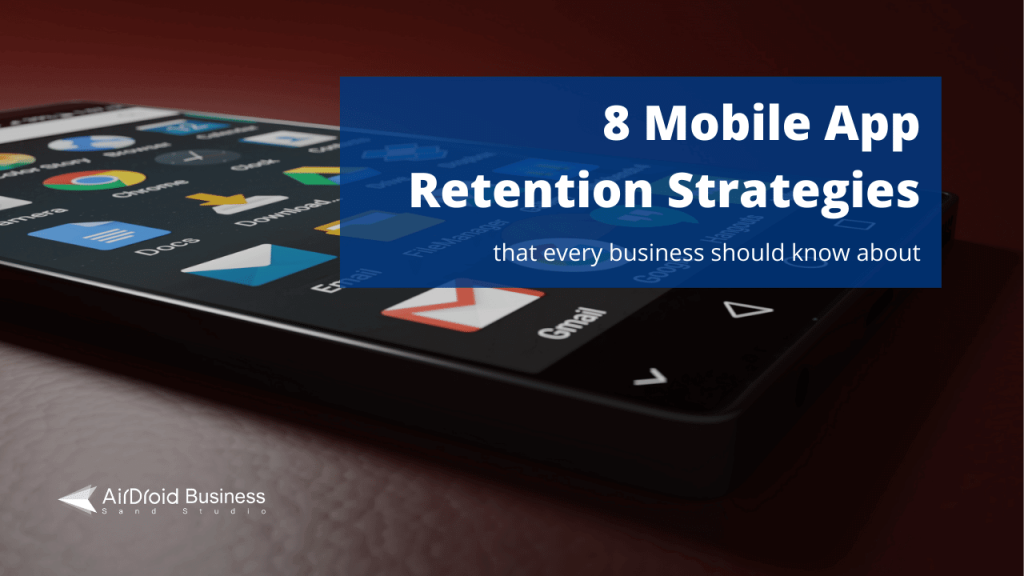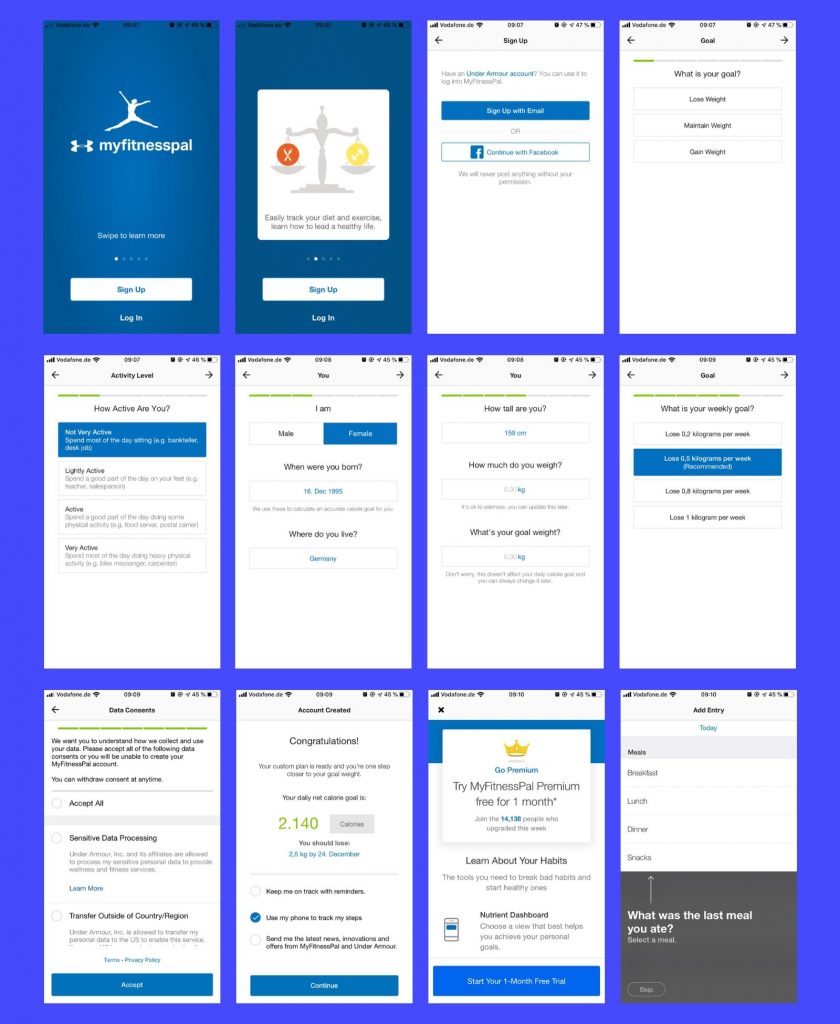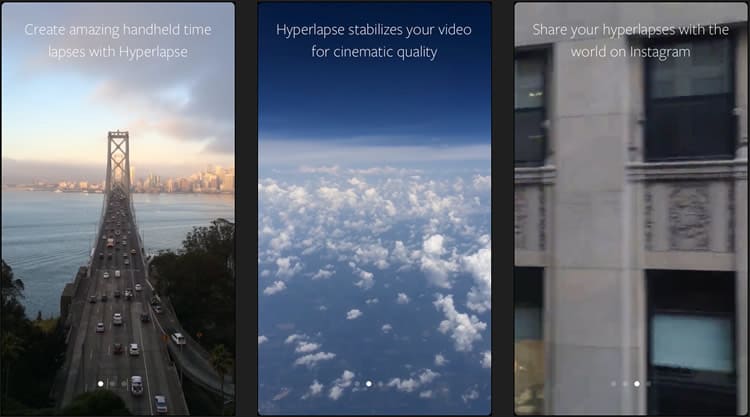Last Updated on July 22, 2025

If you’ve visited Google Play Store or perhaps, the Apple store recently, you’ll notice that many people can’t do without a handy mobile application. Especially as mobile developers now incorporate hi-tech mobile trends that make life easier.
However, mobile app consumers only used about 25 percent of the apps they installed from 2010 to 2019. What do you think happened to the remaining 75 percent?
Your guess is as good as ours.
Mobile app retention rate shows you how much people continuously use your app over a specific period. Regardless of the overall app downloads, a low retention rate will affect your app’s success and customer base over time.
That’s why rather than focusing on mobile user acquisition — which is a good thing, by the way — you should put more effort into retaining already acquired mobile app users.
That way, you’re able to considerably maintain and increase the number of people using your app.

So, What’s a Good Retention Rate?
Unfortunately, there isn’t an industry benchmark.
Depending on how people interact with information and content in your industry, the stats may vary greatly. For instance, according to Statista, comic apps have a retention rate of 33.8 percent on the first day but drops to 9.3 percent on day 30.
Compared to dating apps, these figures are impressive, with 29.6 percent on the first day and 5.1 percent on day 30.
Many businesses need mobile apps to achieve their multichannel marketing campaigns. But without a good retention rate, that’s unlikely. As you can see from the stats, there’s more work to be done after every app installation to increase customer retention via the mobile channel.
Customer retention factors in engagement, personalization, and value into its strategy. The logic is simple. People will stick with your app once there’s a perceived value. These values reflect in their feedback, search and purchase history.
By analyzing these factors — which are also values — you can draft and implement user retention strategies that showcase the benefits of your mobile app.
This article has laid out eight tips to incorporate into your mobile app retention strategies to promote user engagement and retention.
Let’s get started!
1. Keep Track of Data From the Beginning
The first step to improve your mobile user retention is to track user data as early as possible.
Of course, it’s unproductive and cumbersome to track everyone’s data individually. But you could achieve the same goal differently through cohort analysis.
With cohort analysis, you group different users based on how they interact with your app in a particular period. For instance, if you run a dating app, you could group users who have incorrect swiping issues together and those with failed email authentication in another.
You can also gain deeper insight into user interaction by analyzing data gotten from heatmaps. These heatmap data help you identify trends that influence the user retention strategies you’ll adopt later in your mobile marketing.
2. Improve the Onboarding Process
Right from the moment a user installs your app, they subconsciously expect a seamless user experience. Anything short of that, and you’ll lose them before their onboarding phase.
Now, the onboarding process is one of the phases of user retention, and it is imperative you get it the first time. In this stage, users expect a hassle-free interaction with your app, which would be their first encounter with it.
To ensure users don’t leave out of frustration, remove obstructions that might cause poor user experience. Anything from unreadable fonts to pop-up ads can cause a low retention rate. Instead, focus on improving features that solve their intended problems from the get-go.
The features and solutions of your app will influence the user onboarding process. That said, mobile app onboarding processes are of three categories;
Function-Oriented: This onboarding process involves a learning curve for new users installing the app. In this category, users focus more on learning how specific features function first before using the app.
Source: Prototypr.io
As with the example above, this onboarding process succinctly states the functions of each feature for new users to learn before enjoying the app. Nonetheless, if your app falls into this category, keep it simple.
Avoid overloading users with too much information from the onset. Instead, highlight core features or provide key insights that ensure seamless navigation in this phase.
Progressive Onboarding: Here, mobile app users learn about the different features of your app in a defined sequence.
This onboarding category is different from feature-oriented categories, where users need to learn your app’s features before proceeding. Instead, it focuses on breaking down complex app functions using interactive graphic slides ( images and engaging visuals) for users to scroll through or view at a glance.
Here’s a progressive onboarding flow by MyFitnessPal. The app guides new users through a step-by-step process to get acquainted with in-app functions.

MyFitnessPal onboarding process simplifies complicated app features that new users may find overwhelming. In addition, these graphics grab the user’s attention and make onboarding easy and attractive.
Benefit-Oriented Onboarding: This category showcases the benefits of the app instead of features and functions. The marketing psychology behind this category is to sell the outcome; not the features.

Source: Usability Geek
As with the image above, the Hyperlapse onboarding process highlights the outcome of using the app. By doing something similar, you help users understand the benefits of using your app instead of an alternative.
But you must keep the onboarding navigation phase short, regardless of the category. Aim for one to two steps at most. These onboarding process categories keep users engaged on your app when optimized correctly, bolstering the retention rate.
3. Customize the User Experience
Personalized experiences engage users on a uniquely deeper level. That’s why eight out of ten users will shop with your brand if you offer them personalized offers and recommendations.
A customized experience differentiates your app from the competitor and increases user loyalty. However, to tailor-fit these experiences, you must know your users’ preferences before mapping out an effective strategy.
There are many ways to do this. For example, you could address a user by their name, so they see it when the app’s notification pops up on the screen.
Source: Champion’s Mind
Or you can choose to be more dynamic and customize their experience using their “ever-changing” data.
A prime example of this would be their purchase history. So, if you sold laptop accessories, for instance, you could recommend mousepads to those who buy (or bought) wireless or external USB mouse.
Again, you can achieve customization through personalized email marketing letters, abandoned cart emails, or unique promotions.
By tracking and employing user data in your strategies, you make customized recommendations to improve user experience and increase the chances of returning to your app.
4. Use Gamification to Boost Engagement
People love the thrill and excitement that comes with games. With 80 billion mobile downloads and $240 billion in ad spend, mobile gaming is a multi-billion dollar industry.
These statistics prove that mobile marketers are spending this much because the market is profitable and has an engaged audience. That’s why four out of ten mobile game users retain their apps in the first seven days.
Compared to other industry app statistics, this retention rate is considerably high.
You can record similar retention success when you gamify your apps. This is because gamification implements a game structure into a non-gaming app to keep the user’s interest.
Source: Clever Tap
For instance, you could use game-like features like accumulating points as incentives for actions completed on the app. Users can then use accumulated points to purchase from you or perform another action on the app.
This gamification loop requires little effort, keeps users engaged, and makes them brand ambassadors.
5. Set Up Push Alerts
On average, consumers spend more than 4.2 hours of their time on mobile apps since 2019. To put this into perspective, that’s about one-sixth of an entire day.
This proves that people are quite attentive to notifications that pops-up on their screens. Push notifications alert users to something currently happening on their app. This could be a reminder, special offer, recommendations, or even a suspicious login from another IP.
Source: Rubygarage
Through unified communications, you can sync users’ mobile and desktop apps to ensure they remain connected regardless of the device they’re on. Typically, you’ll have to ask their permission before you do this.
It’s also normal for users to opt-in or opt-out from these notifications depending on their interests and app preferences. However, the goal is to improve your mobile retention rate through push alerts.
So here’s what you do:
- Bring them value. Propose value and convince the users that they need to turn on notifications for your app. For example, if you run a fashion store app, they want to know what the latest deals are, and if you are an e-learning platform, they want to get notified when classes start.
- Customize your alerts. Avoid generic opt-in prompts. Let users know you designed the message for them. If they were shopping for a red shoe, and the shoe is on sale — notify them. However, if they were shopping for a red shoe and a wireless speaker were to be on sale, except they’ve once shown interest in it, it may be a bad idea to push a notification.
- Think about your user’s time. Consider the time zone of your users when configuring the push notification schedule. Once you’ve sorted the time zone, make sure your message comes in at the right time. Consider sending out notifications between 7 am to 10 am and between 6 pm to 10 pm time, per time zone.
- Never overdo it. People like their space and privacy. Breathing down their necks and bombarding them with unnecessary notifications will be counterproductive. Once they’re overwhelmed with your app notifications, they’ll opt-out, and worse, uninstall the app from their devices.
When done correctly, push alerts help you retain customers and build trust and loyalty over time.
6. Make Use of In-app Messages
In-app messages are pop-up messages solely created to re-engage the user’s attention.
Sometimes, a user in the middle of a purchase may leave his cart to check for something else to add to it. But rather than picking what he wants, he may fall into a loop of exploring several items in the store, then get exhausted and leave without completing his purchase.
In-app messages serve soft reminders, tips, and suggestions for users interacting with an app. This app retention strategy takes their attention back to what they were previously doing, such as back to a shopping cart awaiting checkout.
Source: Swrve
It can also draw the user’s attention to an ongoing deal, or like Netflix — check if they’re still watching.
Whatever you use in-app messaging for, remember to follow best practices, as bombarding your users with notifications and alerts may achieve the opposite of retaining them.
7. Reward Engaged Users
Another app retention strategy is to offer users in-app perks. By perks, we mean benefits outside the general functions of an app that are useful in or outside the app. Some of these benefits are free app tokens, cash back, and discounts.
When you offer perks to retain users, be guided by the function and purpose of your app. If you’ve monetized your mobile app through adverts, you can give your users a way out of seeing them through in-app coins, which they can earn by completing tasks such as referring a friend.
Leveraging referral programs for your app retention strategy increases customer acquisition and overall retention rate. Incentives such as shopping vouchers or cashback can get users to re-engage with the app, knowing that you’ll reward them.
8. Continuously Improve and Develop
Once you retain your customers past the period you set, it could be tempting to kick back and relax, but don’t take a breather just yet. People’s preferences change constantly. Plus, there are still many factors that could lead your customers to uninstall your app.
Keep an eye on your metrics to know how your customers engage with your app.
Gather feedback through reviews, surveys, complaints, inquiries, and monitor your competitors for innovations and changes that will be beneficial to your business. The knowledge you acquire from data gathering and research will help you make continuous improvements and developments to your app.

Wrapping Up
Customer retention is necessary to maintain a high success rate for your business, and mobile apps are no different.
In this article, we discussed the top eight app retention strategies to optimize your mobile marketing campaigns. Now the rest is up to you:
Start with tracking your users’ data and employing them to provide personalized experiences for them. While you’re at it, offer loyalty rewards to engaged users and alert users through push alerts to increase engagements.
With proper optimization and implementation, these effective retention strategies will boost in-app engagement and overall business success.
Author Bio
Devin Pickell is a Growth Marketer at Nextiva. He combines his skills in content marketing, SEO, data analysis, and marketing strategy to meet audiences at the right moment in their journey. He has helped scale SaaS brands like G2 and Sphere Software and contributed to G2’s traffic growth of more than 1 million visitors per month.

Leave a Reply